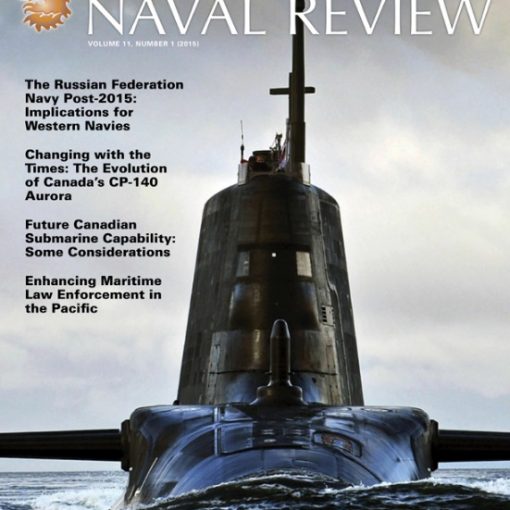Word is reaching me that the number of designs under consideration for the AOR-JSS ship is down to only one. Apparently, the Spanish have been told that their Cantabria-class AOR [an enlarged version of the Spanish Patino-class] is no longer in the running. This leaves only the German Berlin-class design.
Personally, I think this means the government’s pressure on the navy to be able to conduct HADR missions has put a premium value on the flexibility and cargo capacity of the Berlin-class ships, even though it is a far cry from what was originally envisioned in the ‘specs’ for the JSS.
Based on the inclusion of the Cantabria-class ships in the competition, I conclude that the navy had hopes of getting a ‘straight-up’ AOR as a way of keeping costs down in the remote chance of getting three ships instead of two out of the deal. This development probably means the money allocated will only go far enough to procure two ships. The lack of an on-call AOR, which will surely happen if only two are procured, will place greater emphasis on the poor endurance characteristics of Canadian warships.
Since the earliest days of internal combustion engines at sea, fuel has been the biggest concern for naval commanders of everything from battle fleets to individual ships. For my article in The Northern Mariner, entitled “Canadian Naval Operations Logistics: Lessons Learned, Lost and Relearned?” [Vol. XX, No. 4 (October 2010): 361-383] I conducted a survey of all Canadian warships over the past 100 years. The results show that the original trend of relying on low endurance warships persists and includes the Halifax-class frigates. The average fuel capacity of all types is .23 tons of fuel per ton of displacement, or 1.21 tons of fuel per foot of length. The Halifax-class has the lowest fuel capacity at .10 tons per ton of displacement and the third-worst at 1.04 tons of fuel per foot of length (Imperial measure is used to make the comparison with older ships simpler). Only the advent of more efficient combined diesel-gas turbine propulsion technologies allows the Halifax-class frigates to achieve higher endurance on a proportionally smaller fuel load. When the circumstances dictate that speed will be required, the frigates will have to resort to their high-speed turbines and their endurance will plummet.
So, the navy’s concern over the lack of an on-call AOR is well founded. Perhaps it is time to start thinking of some different approaches to operational sustainment. Increasing the endurance of future classes of combatants would be a good start. Also, raising the displacement and fuel capacity of the AOPS back to the original specs, firstly, so that they do not suffer fuel shortage problems in the north, but also, secondly, so that they could serve as an alternate source of fuel for the ‘thirsty’ frigates, is an absolutely necessary step. ‘Cheaping out’ on fuel capacity will cause no end of headaches, just as it has done for the navy to this very day.


